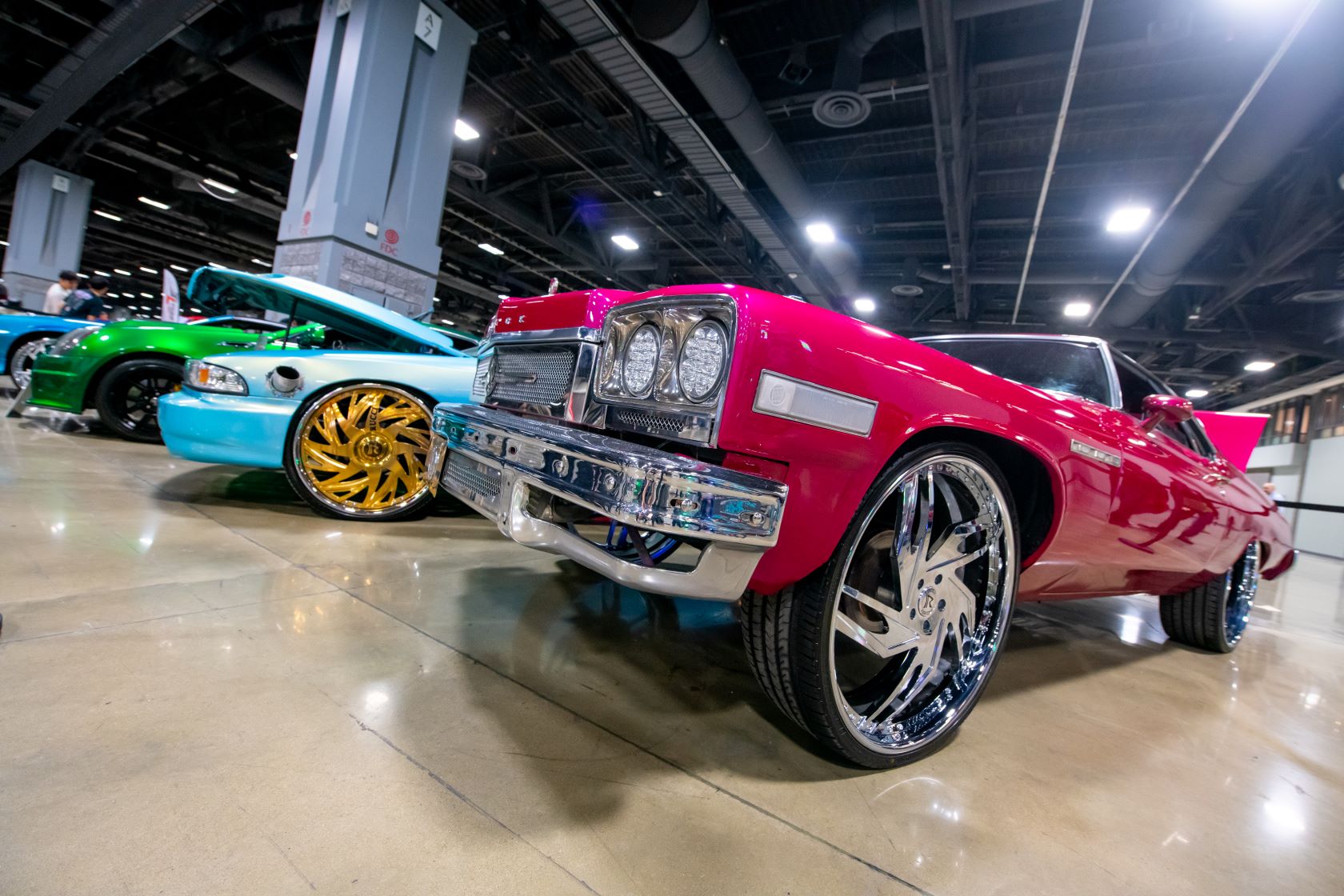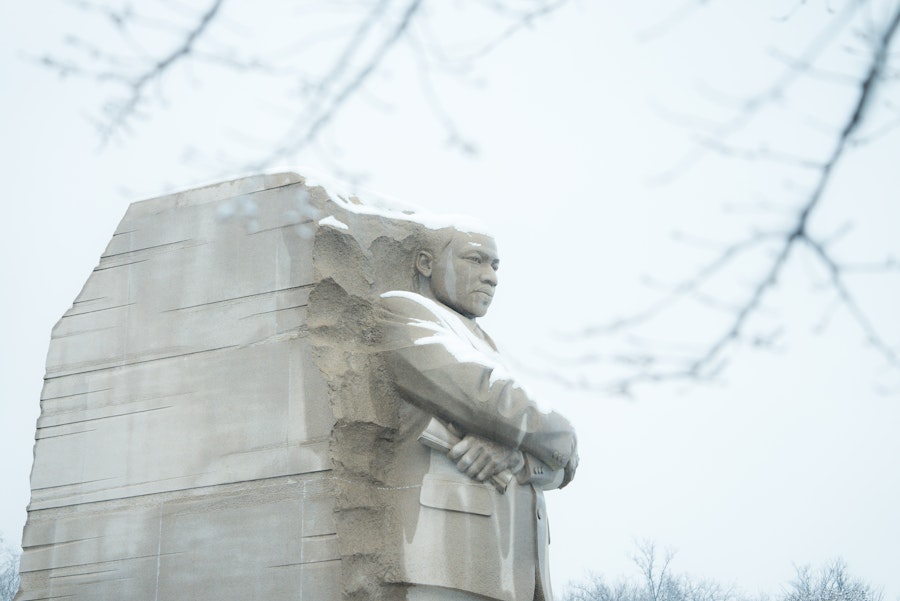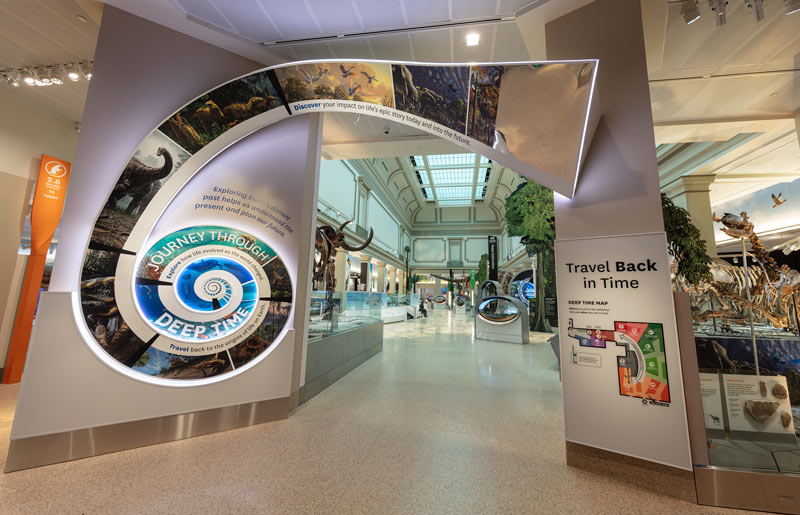
MAP IT
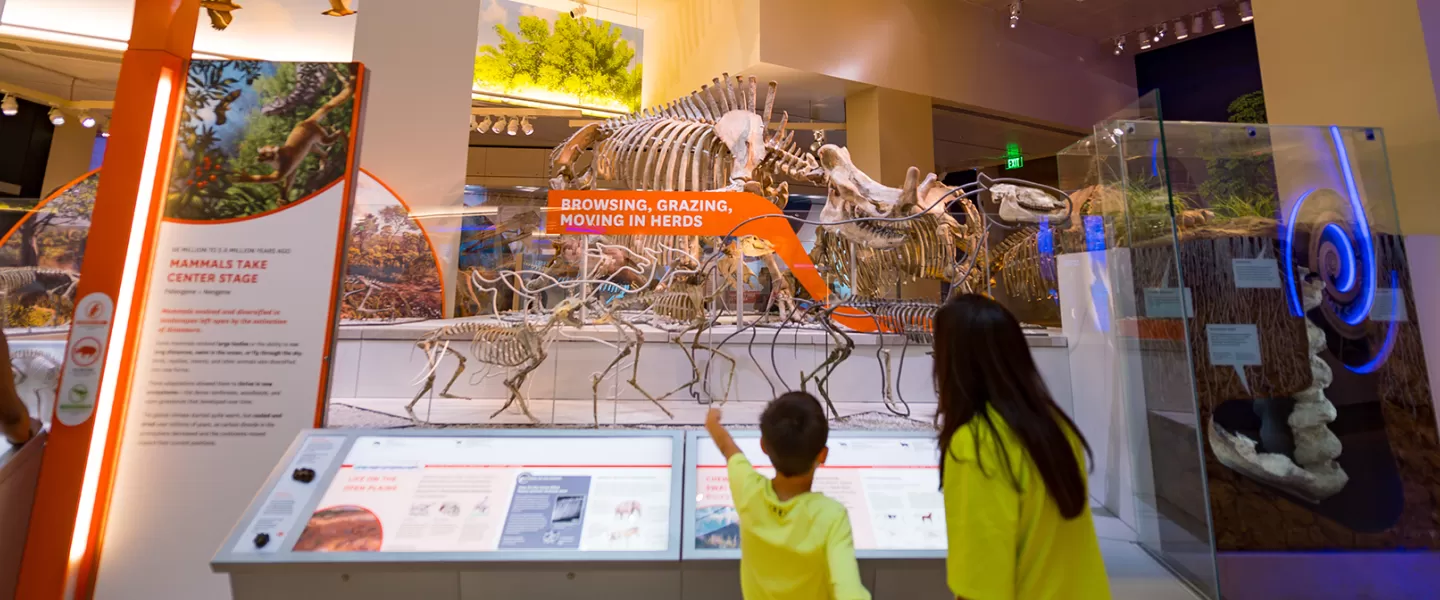
6 Reasons Why You Must Visit the Fossil Hall at the National Museum of Natural History
Don’t miss the ‘Deep Time’ exhibit, an absolute marvel to behold that’s free to visit and perfect for the whole family.
The Smithsonian National Museum of Natural History's David H. Koch Hall of Fossils is a $110 million, 31,000-square-foot exhibit with a theme of Deep Time, borrowed from a scientific phrase that illustrates how Earth’s history has played out over billions of years – what we think of as history is just a small fraction of our planet’s past.
Prepare to be amazed, overwhelmed, engaged and dazzled. Read on for more reasons why you can’t miss this stunning adventure through Earth’s scientific and biological history.
01
You will journey back billions of years

Throughout its expanse, Deep Time reflects themes of connection, evolution, extinction and climate change. The experience encapsulates billions of years of science, summarizing numerous time periods through impressive fossil specimens, informative text, dioramas, murals, videos, interactive touchscreens and touchable objects.
Most visitors will begin their journey from the museum’s rotunda, with the first major encounter coming with an American mastodon dated roughly 15,500-11,500 years ago (known as the Quaternary period). From there, the wonder never ceases – you’ll traverse the age of dinosaurs (where you’ll see a 67 million-year old T. rex preparing to eat a fallen Triceratops), learn about past mass extinctions and their resounding effects, see the effects of climate change, witness the evolution of life from the oceans to ashore and so much more.
02
The fossil specimens on display are truly jaw-dropping
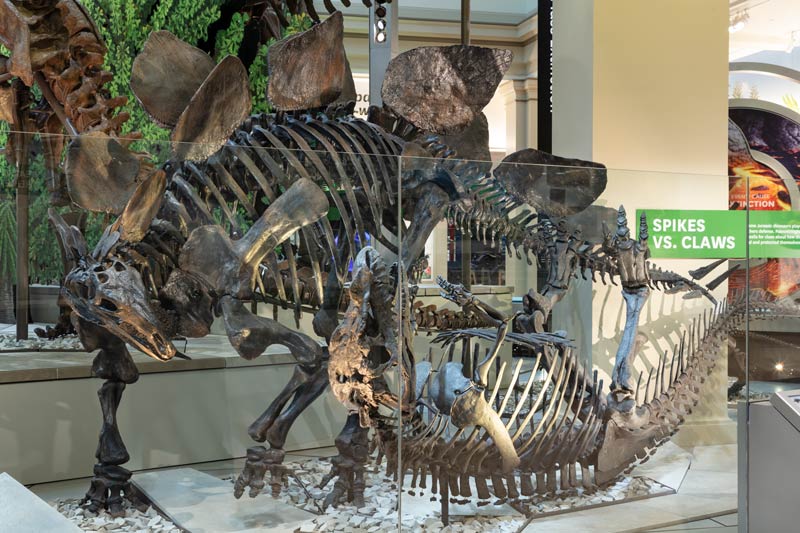
Deep Time features roughly 700 fossil specimens, many never displayed before. Aside from the previously mentioned T. Rex and the American mastodon, you can gaze at a woolly mammoth, a giant deer from 15,200-11,100 years ago, a giant sloth and the brontothere mammal, a fossil from Nebraska over 30 million years old and the oldest unchanged skeletal mount in the exhibit. We could keep going, but we don’t want to ruin any more momentous surprises.
03
Interactive videos and diagrams highlight important issues and share fascinating facts
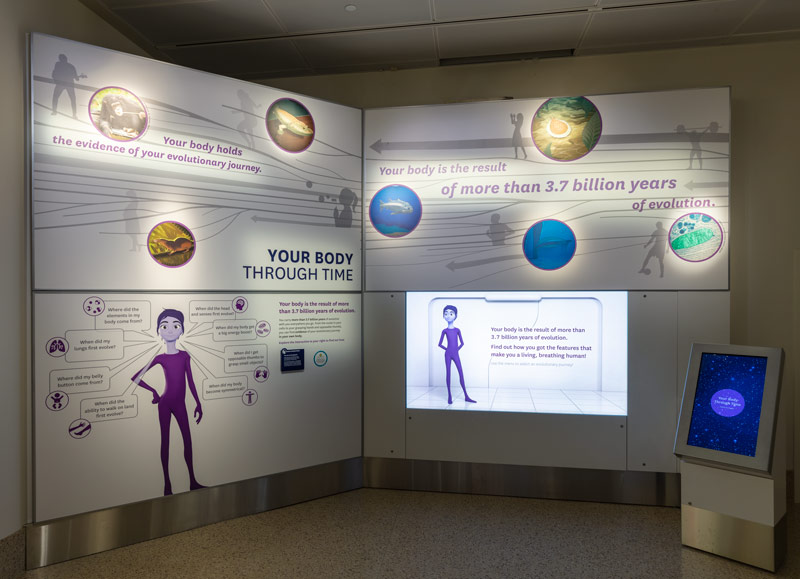
In total, the new Fossil Hall offers 13 videos and eight interactive touchscreens, supplementing its incredible display of artifacts. The video “How Are We Changing The Planet?” shows just that, while “Earth’s Ancient Fever” shows similarities between the past and present and what ancient climate can tell us about the future. One touchscreen illuminates how people are addressing the issue of climate change; another, entitled “Your Body Through Time,” shows the gradual evolution of the human body, with each body part triggering a video that explains why the part became necessary. Technological elements will engage you and your mind throughout the exhibit.
04
Fossil Basecamp offers fun, hands-on activities
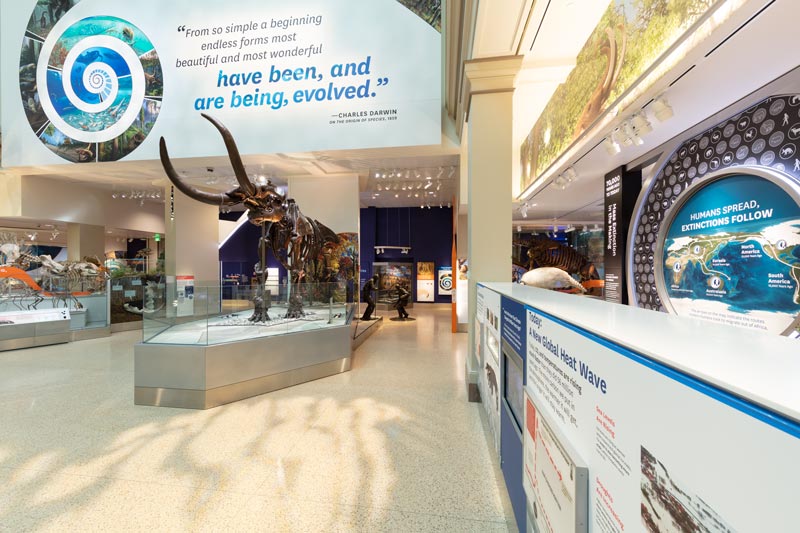
The Coralyn W. Whitney Fossil Basecamp is an interactive area that introduces important concepts and themes throughout Deep Time, inspired by the museum’s "Q?rius" learning space. Activities are facilitated and supervised by the museum staff, and both kid and adult visitors can participate and ask these staff members about their work at the museum. Demonstrations feature touchable objects to help enlighten visitors on the topics of fossil dating, fossilization and evolution.
05
You can see how fossils are collected, prepared and stored at the FossiLab
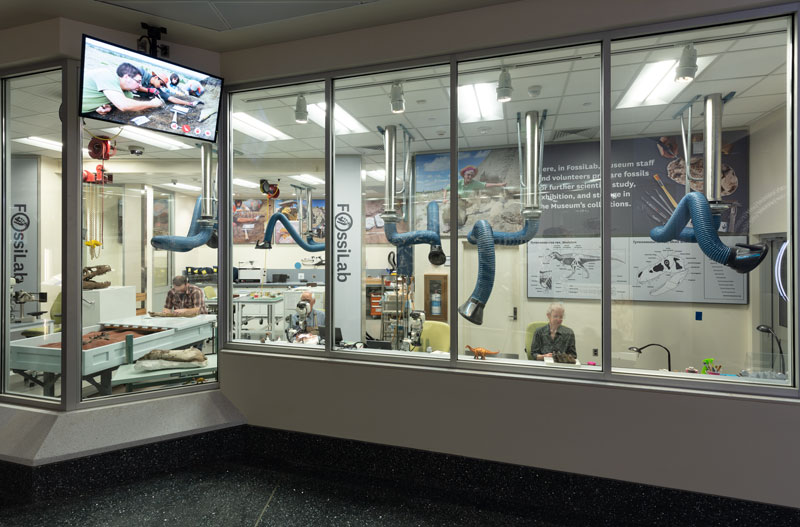
Have you ever wondered how fossils end up on display in a museum? Deep Time’s FossiLab provides incredible insight into the process. The space is populated by fossil preparators and museum volunteers, giving visitors the opportunity to see how fossils are preserved and prepped for scientific study and viewing in the museum.
06
Climate change, its impact and possible solutions are showcased in detail
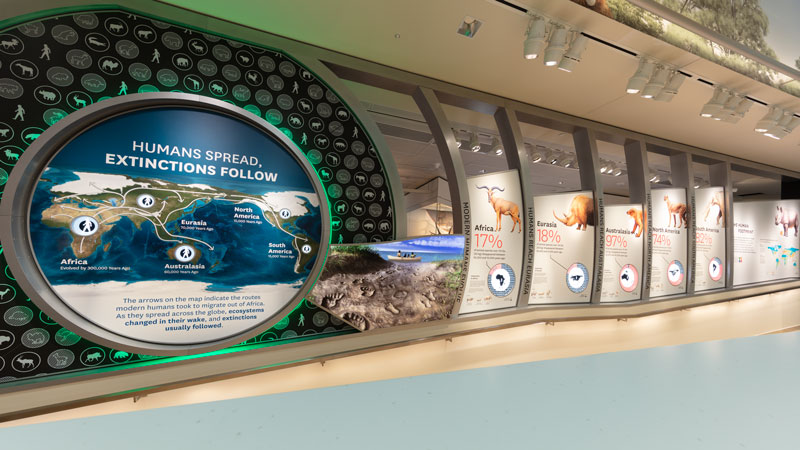
Both the Changing Climates section and the Age of Humans Gallery dive deep into the topic of climate change. The former explores the Paleocene-Eocene Thermal Maximum, an incredibly rapid global warming event that occurred 56 million years ago, and how it can help predict the effects of modern climate change. Changing Climates goes on to show how humans have accelerated a similar warming effect and what choices they can make to stop it. In Age of Humans, visitors are shown how people have launched unparalleled change on the planet over the last 10,000 years. A theater space details what our population is doing in response to the changing planet and a touchscreen shows how you can do your own part in this response through subjects and activities that you love.

